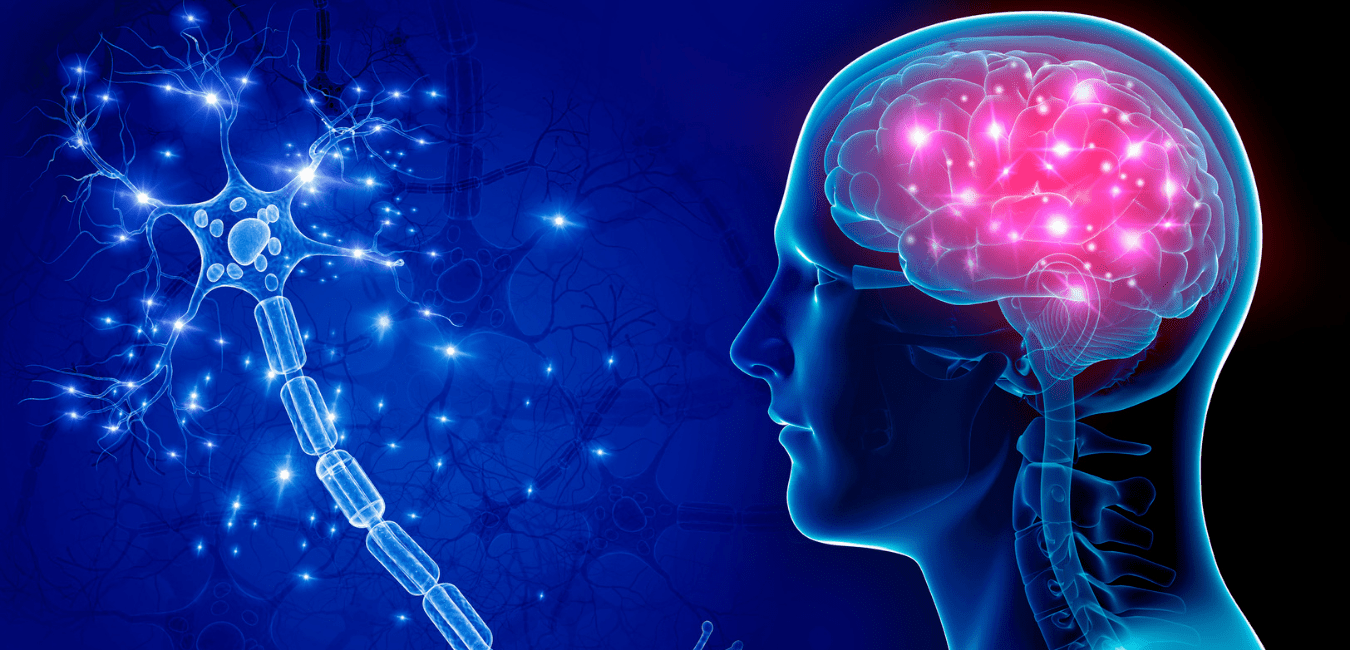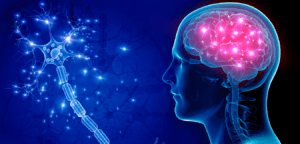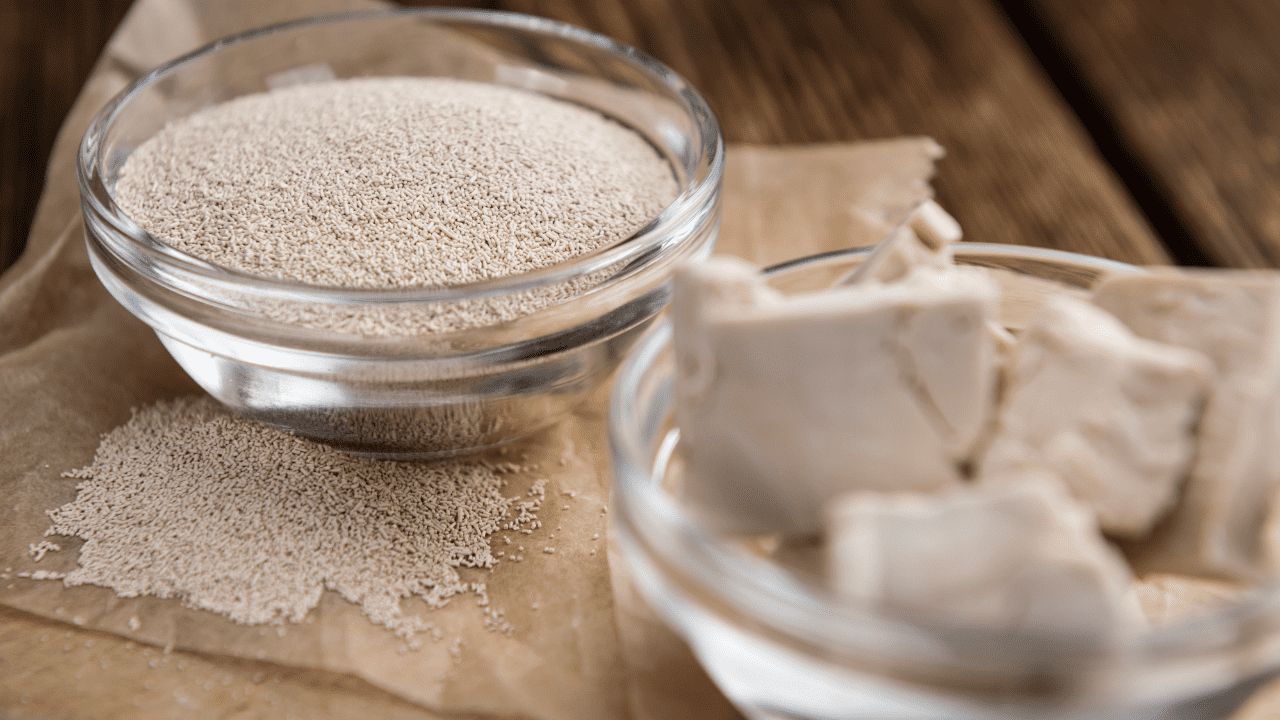
Noopept (GVS-111) is a nootropic created by T. A. Gudasheva at the Zakusov Institute of Pharmacology (Russian Academy of Medical Sciences).
It's one of several nootropics that utilize piracetam's structure. Its advantage over piracetam is that it can be taken at a much lower dose.
Noopept has a short half-life (around 5-10 minutes in rats) and is eliminated from the brain within one hour after dosing.
cPG is one of Noopept's metabolites, and it is increased in the brain one hour after administration.
This metabolite, which is thought to be responsible for noopept's longer-term nootropic effects, is a byproduct of IGF-1 (Gudasheva et al, 1997).
Noopept is a well-known nootropic in the world of cognitive enhancements. The mechanisms of actions based on preclinical research include boosting acetylcholine signaling, promoting BDNF and NGF expression, defending against glutamate toxicity, and enhancing inhibitory neurotransmission in the brain.
Neuroprotective Effects

Noopept's neuroprotective effects have been demonstrated in several rodent studies, but noopept has a short half-life and some research suggests that higher dosages may not be beneficial.
Clinical research indicates that noopept has cognitive-enhancing effects.
During an open-label study of persons with moderate cognitive impairments (e.g., cerebrovascular disease, posttraumatic brain disorders), 56 days of noopept (10mg twice a day) or piracetam (400mg three times a day) treatment improved several aspects of cognitive performance.
While both noopept and piracetam were well-tolerated, the combination of noopept and piracetam was superior to either noopept or piracetam alone.
This result is not surprising, since the two drugs have similar mechanisms of action.
Possible sources of variability in the above study include differences in the involvement of cerebrovascular disease, the severity of symptoms, and potential learning curve.
Noopept's effect is typically more subtle than piracetam's, but it may be preferable for people with chronic cognitive impairments.
Its efficacy has also been demonstrated in patients who sustained a traumatic brain injury.
Noopept seems to improve verbal learning, memory consolidation, and logical memory in healthy people.
Preclinical Research
Noopept was found to have crossed the blood-brain barrier in one study. Its half-life, on the other hand, was only 6 1/2 minutes (Boiko et al, 2000).
7-day treatment with noopept in both a preventative and therapeutic (15 days after Aβ injection) manner enhanced fear memory in a rodent model of Alzheimer's disease (injection of Aβ into the Meynert basal nuclei - a model that reduces cholinergic neurons; Ostrovskaya et al, 2008).
Noopept was also shown to improve memory in another Alzheimer's disease model, olfactory bulbectomy (Ostrovskaya et al, 2007).
Finally, noopept blunted the amnestic effects of cholinergic neurotransmission inhibition (scopolamine and a nicotinic receptor antagonist).
Acute administration of noopept decreased neurotrophin factor (BDNF and NGF) expression in the cortex, whereas it increased it in the hippocampus.
Chronic (28-day) administration modestly enhanced BDNF in the cortex and increased both BDFN and NGF in the hippocampus (Ostrovskaya et al, 2008). Bel'nik et al. (2009) examined the genetic variations of noopept treatment using a variety of mouse models for learning and memory (Morris Water Maze).
In a test (C57BL/6J) in which memory was already good, noopept had little influence. However, in a model (BALB/c), noopept improved memory retention when memory was not as good at baseline.
Reduced acetylcholine levels in the brain of BALB/c mice have been observed, suggesting that the effects of noopept may be mediated by increased acetylcholine neurotransmission.
In an electric shock paradigm (animals were shocked in a dark component of a container and time spent in the dark container was measured afterward), Ostrovskaya et al (2001) investigated different oral dosages of noopept's anti-amnestic (i.e. memory enhancing) action.
They discovered a two-peaked curve where 0.5-0.7mg/kg improved memory, 1.2mg/kg didn't improve it, and 10-20mg/kg enhanced memory.
In models of photothrombosis and compression-induced damage to the frontal cortex, noopept therapy for 9 days each week reduced phobia memory (Romanova et al, 2002; Romanova et al, 2000).
Noopept in Vitro Studies
Noopept protected hippocampal neurons from glutamate toxicity (Antipova et al, 2016), and it enhanced the survival of brains exposed to Aβ, p-tau reduction, and neurite growth.
Noopept inhibited the formation of α-synuclein amyloid fibrils in neuroblastoma cells expressing α-synuclein, enhanced cell survival and decreased oxidative stress (Jia et al, 2011).
Inhibitory activity in the brain may be affected by Noopept. Application of noopept to hippocampal slices enhanced the inhibitor component of hippocampal neuron stimulation (Povarov et al, 2015; Kondratenko et al, 2010).
Cycloprolylglycine
Given noopept's short half-life, it's likely that the major metabolite cycloprolylglycine (cPG) serves as a mediator for many of its cognitive-enhancing effects.
The anxiolytic-like properties of cPG were investigated in rodent models (Gudasheva et al, 2001), and the concentration of cPG in the hippocampus was enhanced more than that in the cortex when it was given alone (Boiko et al, 2010).
Treatment with cPG over a 14-day period reduced hippocampal cell death, increased BDNF mRNA expression, and upregulated the anti-inflammatory cytokine IL-4 (but not IL-10) and pro-inflammatory cytokine IL-6 (but notIL1β).
CPG increased mTOR phosphorylation in mice. In the laboratory, cPG had no impact on neuronal survival when Aβ was administered, however it decreased glial cell death when Aβ was given (Aguado-Llera et al., 2019).
cPG delayed neurological deterioration in a model of worldwide ischemic stroke, but not after 3 days (cPG-treated rats showed improvement to the same level as placebo-treated rats by day 7).
cPG protected hippocampal neurons from glutamate toxicity in vitro, although not at higher concentrations (Povarnina et al., 2015). cPG was found to upregulate BDNF expression in neuroblastoma cells and neurons exposed to glutamate toxicity (Gudasheva et al, 2016).
Sources:
- https://pubmed.ncbi.nlm.nih.gov/19234797/
- https://www.alzdiscovery.org/
- https://pubmed.ncbi.nlm.nih.gov/9358206/
- https://pubmed.ncbi.nlm.nih.gov/19145351/
- https://www.sciencedirect.com/topics/neuroscience/neuroprotection
source https://nootropicology.com/mechanism-of-action-noopept/

No comments:
Post a Comment